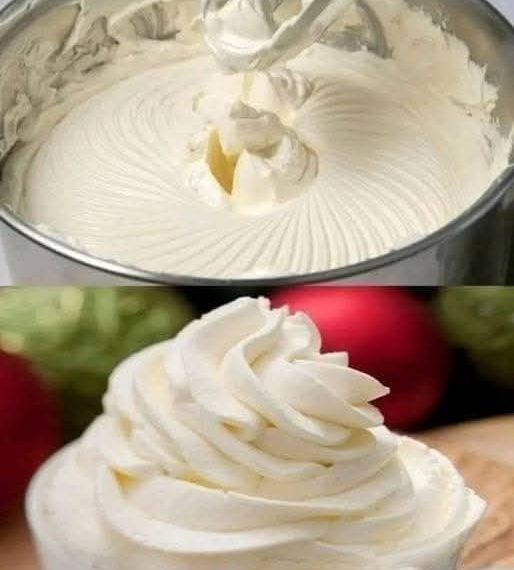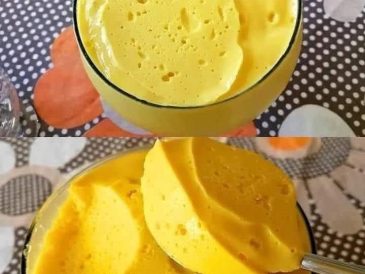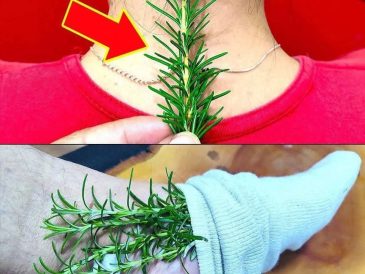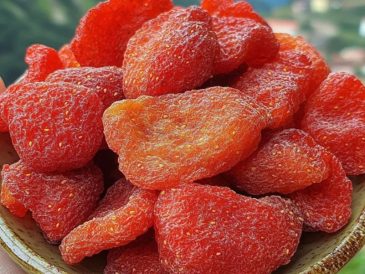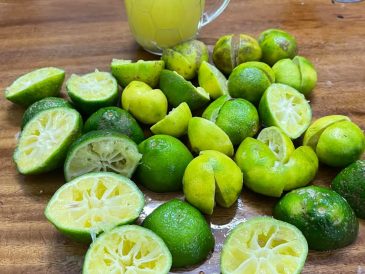Why You’ll Love This Recipe
- Silky & Smooth Texture : The ideal pastry cream is luxuriously creamy without being grainy or lumpy.
- Versatile : Use it as a filling, frosting, or base for countless desserts.
- Customizable : Adjust sweetness, flavorings, or consistency to suit your needs.
- Stable & Holds Shape : Perfect for piping, layering, or spreading in delicate pastries.
- Impressively Professional : Elevate homemade desserts with this restaurant-quality component.
Ingredients You’ll Need
Makes about 2 cups (enough for 1 large tart or 12 éclairs)
- 2 cups whole milk
- 1/2 cup granulated sugar (adjust to taste)
- 4 large egg yolks
- 1/4 cup cornstarch
- 1/4 tsp salt
- 2 tbsp unsalted butter , softened
- 1 tsp vanilla extract (or other flavorings like almond, citrus zest, or liqueurs)
Step-by-Step Instructions
Step 1: Heat the Milk
- In a medium saucepan, heat the milk over medium-low heat until it’s warm but not boiling (small bubbles should form around the edges). Remove from heat and let it sit for a few minutes to cool slightly.
Step 2: Whisk the Egg Yolks and Sugar
- In a mixing bowl, whisk together the egg yolks and sugar until pale and slightly thickened. This step helps create a smooth base and prevents curdling later.
Step 3: Add the Cornstarch and Salt
- Sift the cornstarch into the egg yolk mixture and whisk until fully incorporated. The cornstarch acts as a thickener, ensuring the pastry cream has a stable, pudding-like consistency.
Step 4: Temper the Eggs
- Slowly pour about 1/2 cup of the warm milk into the egg mixture, whisking constantly. This process, called tempering, prevents the eggs from scrambling when added to the hot milk.
- Once tempered, pour the egg mixture back into the saucepan with the remaining milk.
Step 5: Cook Until Thickened
- Return the saucepan to medium heat and cook, whisking constantly, until the mixture thickens and comes to a boil. Boil for 1–2 minutes , whisking vigorously to prevent lumps. The pastry cream should be thick enough to coat the back of a spoon.
Step 6: Add Butter and Flavorings
1.Remove the saucepan from the heat and stir in the softened butter until fully melted and incorporated. The butter adds richness and a glossy finish.
Stir in the vanilla extract (or other flavorings) for aroma and depth.
Step 7: Cool and Store
Press a piece of plastic wrap directly onto the surface of the pastry cream to prevent a skin from forming. Chill in the refrigerator for at least 2–3 hours before using.
Strain the pastry cream through a fine-mesh sieve into a clean bowl to remove any lumps or cooked bits of egg. This step ensures an ultra-smooth texture.
Why This Recipe Works
- Cornstarch Magic : Cornstarch provides stability and prevents the pastry cream from becoming too runny or separating.
- Tempering Technique : Gradually warming the eggs prevents curdling and ensures a smooth texture.
- Butter Finish : Adding butter at the end enriches the cream and gives it a silky mouthfeel.
- Straining Perfection : Straining removes any imperfections for a flawless, professional result.
Variations to Try
- Chocolate Pastry Cream : Stir in 1/4 cup cocoa powder or melted chocolate after removing from heat.
- Citrus Zest : Add lemon or orange zest to the milk while heating for a citrusy twist.
- Almond or Coffee Flavor : Substitute almond extract or dissolve 1 tsp instant coffee in the milk for variety.
- Lighter Version : Replace half the milk with heavy cream for an even richer cream.
Tips for Success
- Whisk Constantly : Vigorous whisking prevents lumps and ensures even thickening.
- Don’t Skip the Sieve : Straining guarantees a perfectly smooth texture.
- Use Fresh Ingredients : Fresh eggs and high-quality vanilla make a noticeable difference.
- Storage : Store in an airtight container in the fridge for up to 3 days. Reheat gently on the stovetop with a splash of milk if needed.
Common Mistakes to Avoid
- Overheating the Eggs : Cooking the cream over high heat can scramble the eggs. Use medium-low heat and whisk constantly.
- Skipping the Tempering Step : Adding eggs directly to hot milk can cause curdling. Always temper them first.
- Not Using Enough Cornstarch : Too little thickener results in a runny cream, while too much can make it gluey. Stick to the recipe measurements.
- Forgetting the Plastic Wrap : Exposed pastry cream forms a skin as it cools. Always press plastic wrap directly onto the surface.
Serving Suggestions
- Fill Puff Pastries : Pipe into éclairs, cream puffs, or profiteroles for a classic French dessert.
- Top Tarts : Spread into pre-baked tart shells and garnish with fresh fruit or glaze.
- Layer Cakes : Use as a filling between cake layers or as a topping for sheet cakes.
- Dessert Cups : Spoon into parfait glasses with whipped cream, fruit, or crushed cookies.
Final Thoughts
Mastering the ideal pastry cream is a skill that opens the door to endless dessert possibilities. With its silky texture, rich flavor, and versatility, this humble custard is a game-changer for home bakers. Follow these tips and techniques, and you’ll have a foolproof pastry cream that’s smooth, stable, and utterly delicious every time.
Your Turn! Have you ever made pastry cream or experimented with custards? Share your favorite uses or variations below. 🍮

